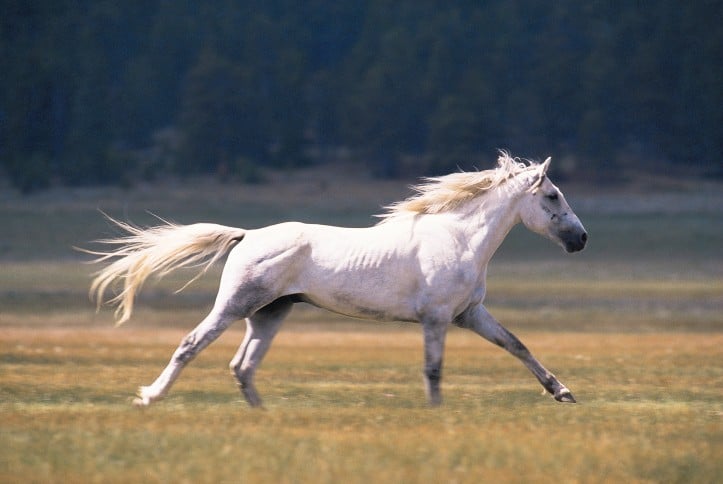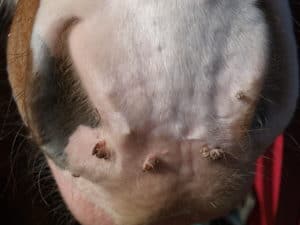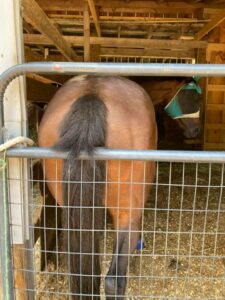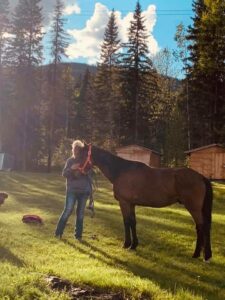An Introduction to Basic Horse Gaits
Horses are athletic animals designed for movement. Find out more about the most basic equine gaits.
- Topics: Slideshow
Share
ADVERTISEMENT
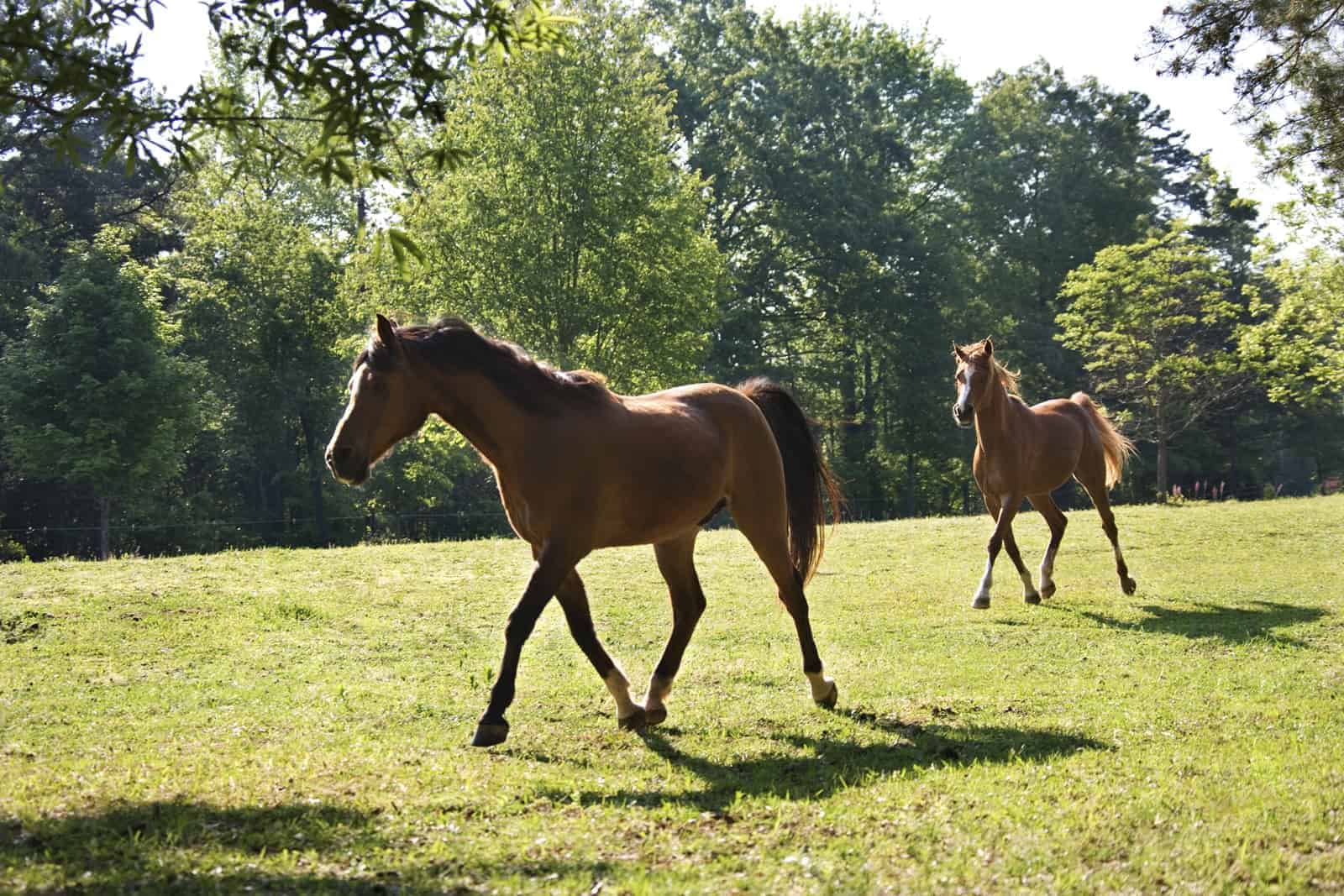
Basic Horse Gaits
Horses are athletic animals designed for movement, and most equestrians would agree that few things are more beautiful that a horse in motion. The following are examples of the most basic equine gaits. | Photo: Photos.com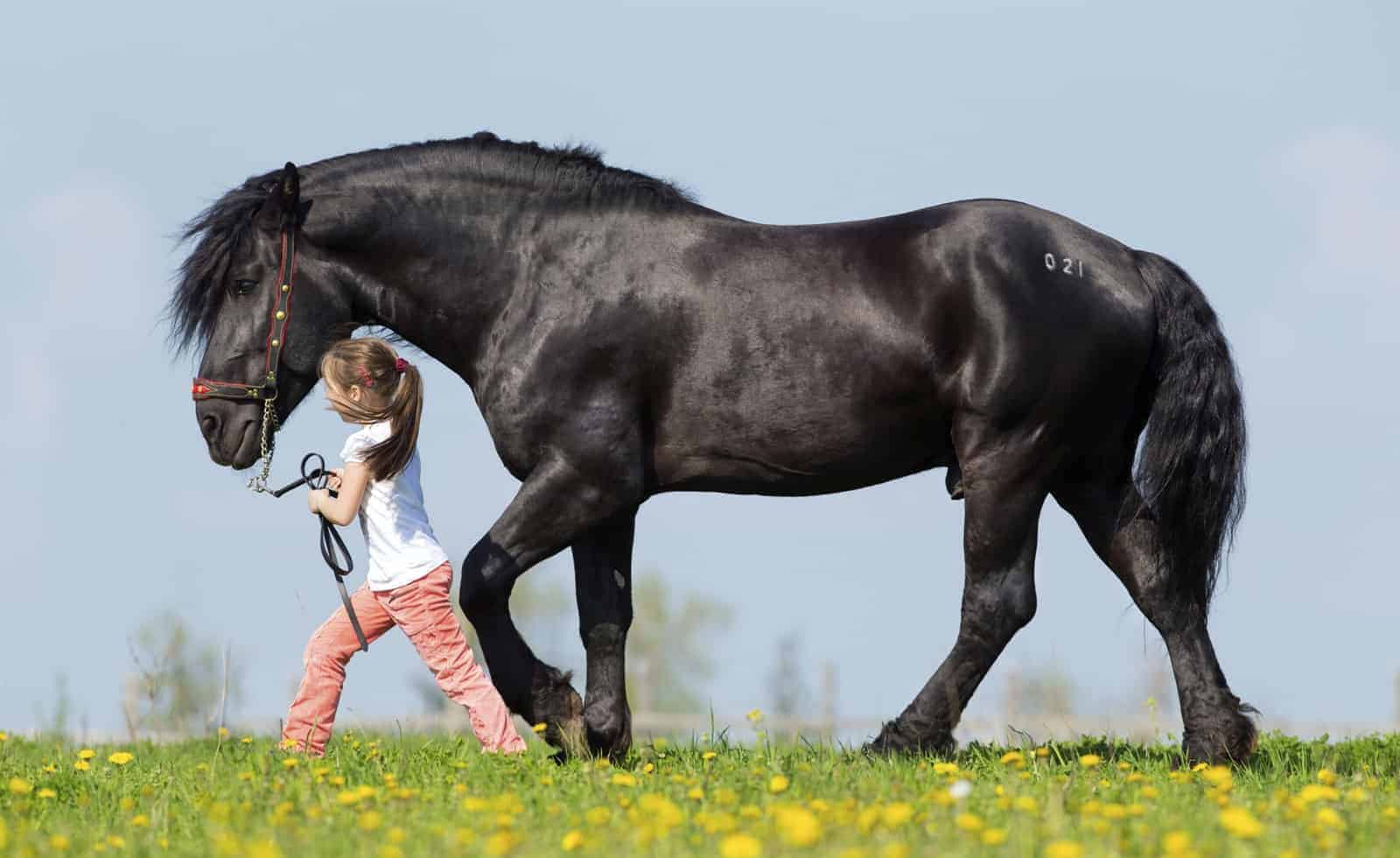
Walk
The walk is a four-beat gait, which means each of the horse's four legs moves independently. This is a horse's slowest gait. | Photo: Photos.com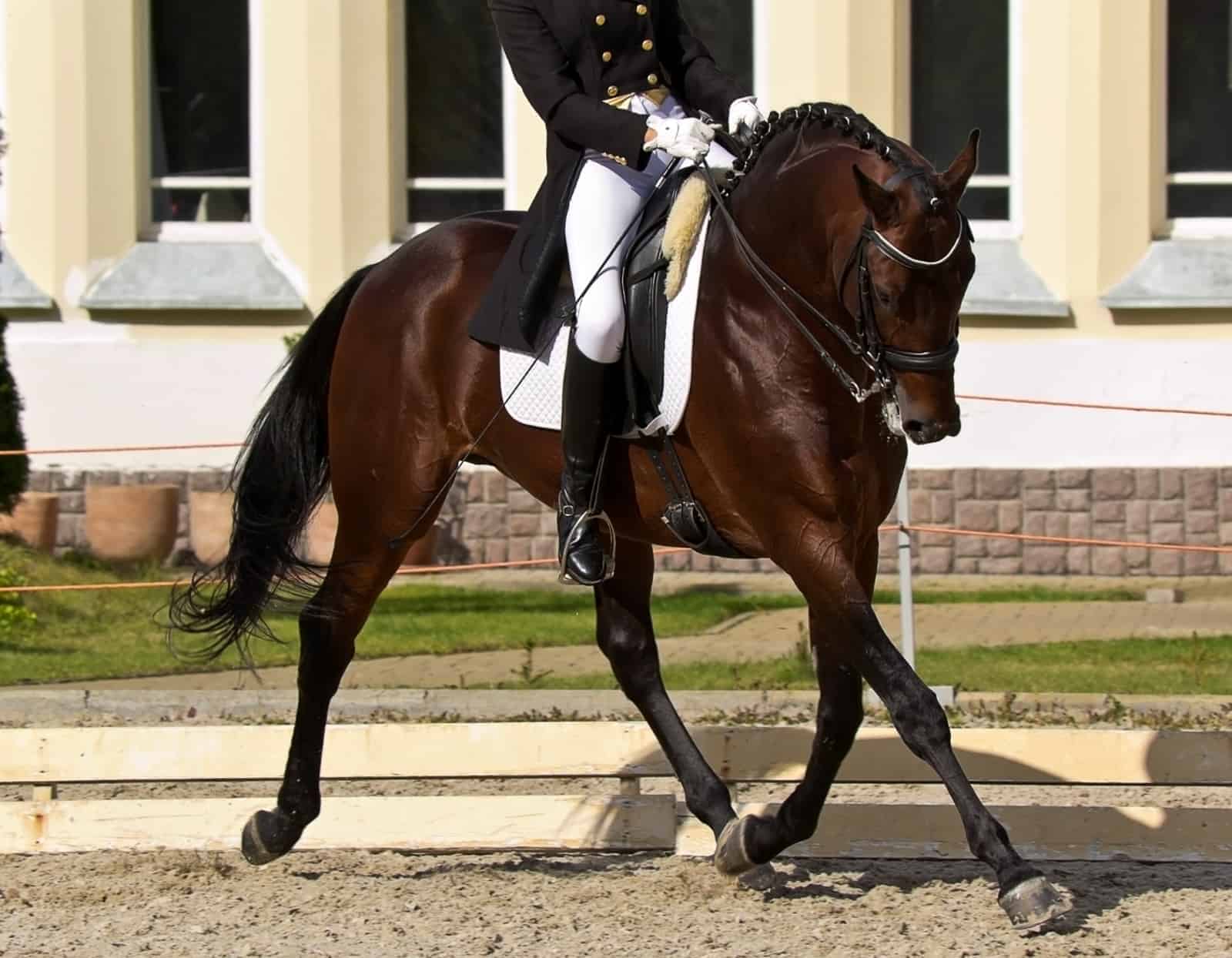
Trot
The trot is a two-beat gait, with the horse's legs moving in two diagonal pairs. For example, the right-front and left-hind are off the ground together, followed by the left-front and right-hind. For riders who post (move up and down with the trot), these two beats create the posting rhythm. | Photo: Photos.com
Jog
"Jog" is the western term for a trot. While often slower and smoother than a typical trot, the jog is still two beats. Western horses with steady, smooth jogs are prized for how easy their trots are to ride over long distances. | Photo: Photos.com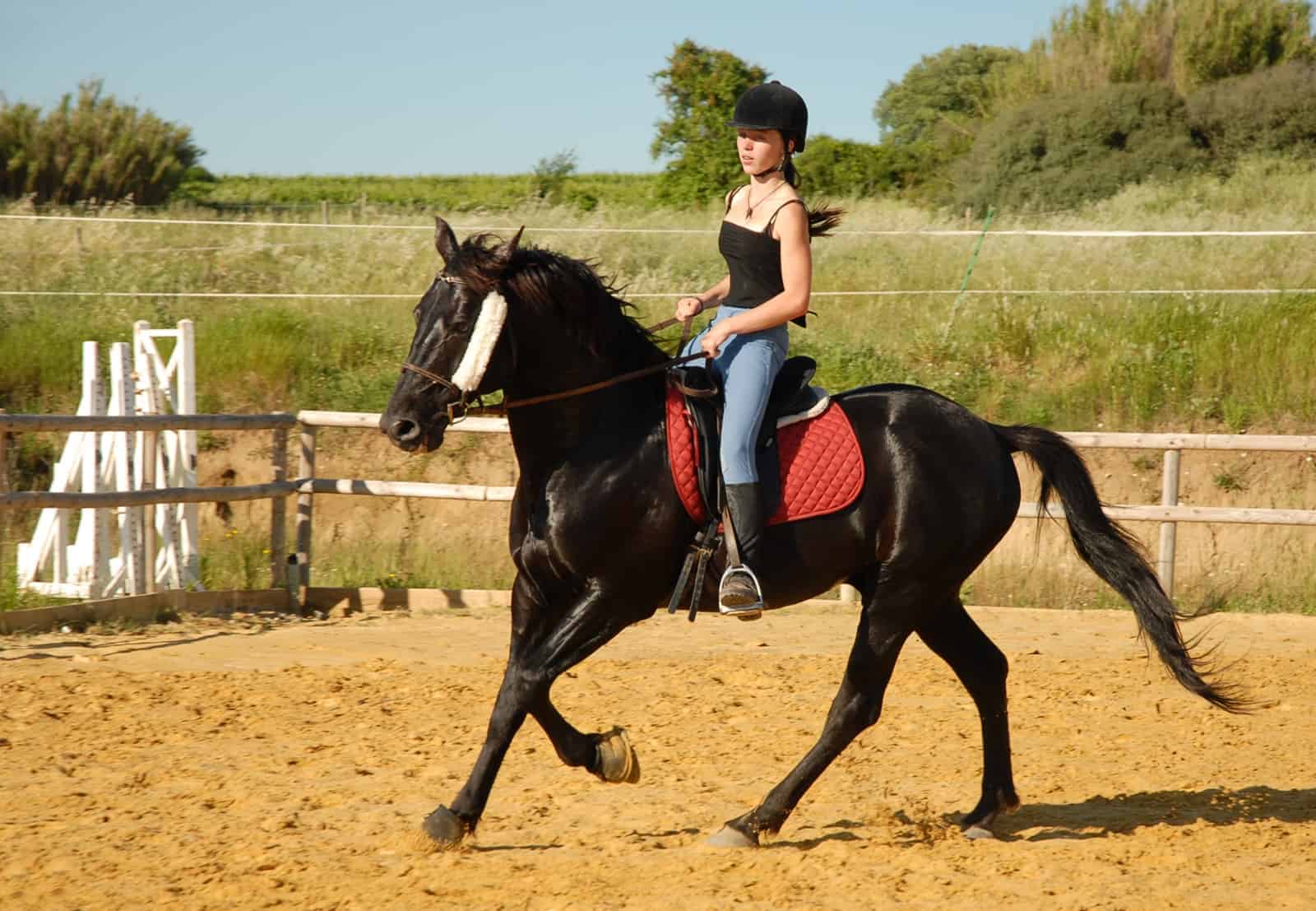
Canter
A horse's canter is a three-beat gait with the following foot-fall sequence: outside hind leg, inside hind leg/outside foreleg, and inside foreleg. The three beats are followed by a moment of suspension, when all four legs are off the ground. | Photo: Photos.com
Lope
Western riders use the term "lope" instead of "canter" for their slower version of the same gait. | Photo: Photos.com
Share

The Horse: Your Guide To Equine Health Care is an equine publication providing the latest news and information on the health, care, welfare, and management of all equids.
Related Articles
Stay on top of the most recent Horse Health news with

